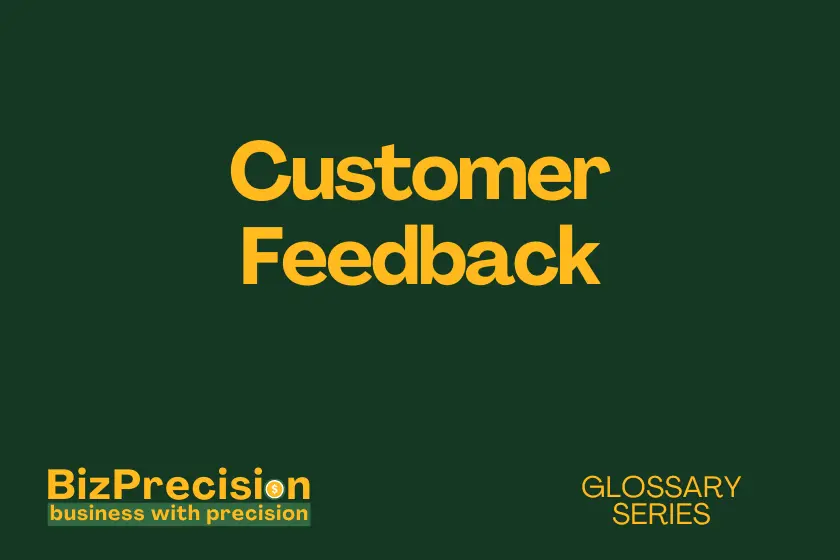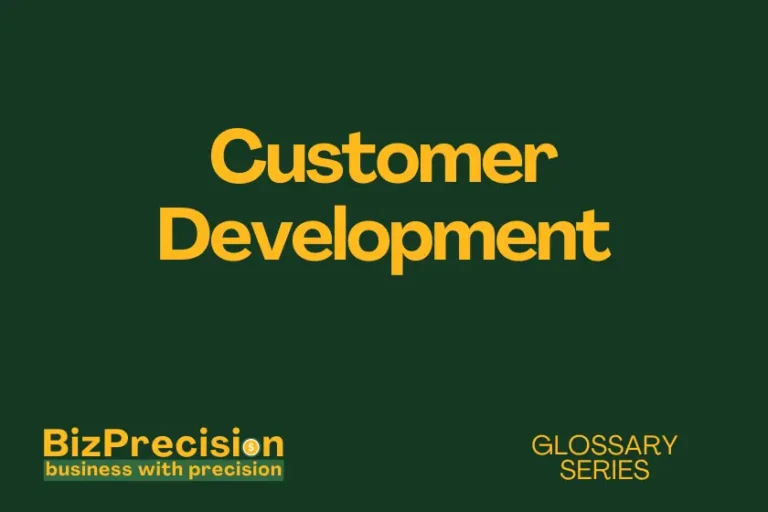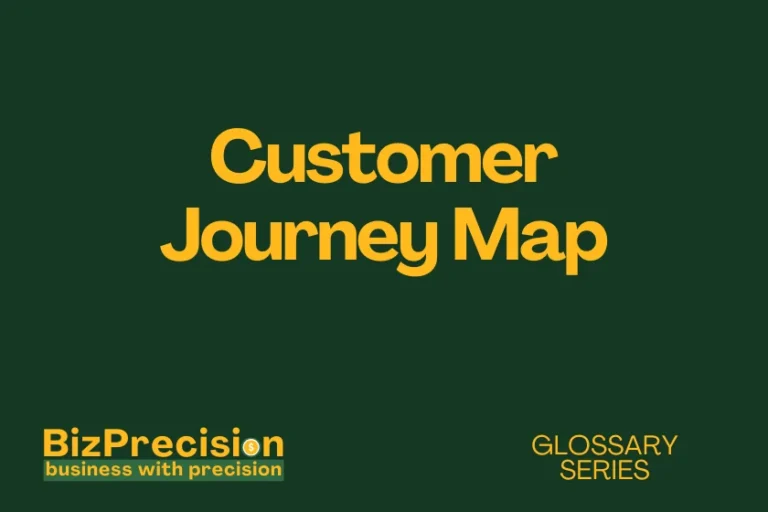What Is Customer Feedback?
Customer feedback is information shared by customers about their experience with a product or service.
This direct input helps businesses understand what customers think and feel about their offerings.
Recent data shows the importance of customer feedback. A 2023 McKinsey study found that companies that actively collect and act on customer feedback are 60% more profitable than those that don’t.
Let’s explore how customer feedback shapes business success and drives growth in today’s market.
Understanding Customer Feedback
Types of Customer Feedback
Customer feedback comes in different forms. Each type offers unique insights into customer experiences.
Direct feedback happens when customers tell you their thoughts. A customer filling out a survey after buying your product gives direct feedback. This feedback type helps you understand specific issues quickly.
Indirect feedback occurs through customer behaviors and actions. When customers leave reviews on social media, that’s indirect feedback. This type shows how customers feel when they’re talking to others.
Solicited feedback comes from asking customers questions. You get this through surveys or interviews. This helps you gather targeted information about specific topics.
Unsolicited feedback arrives without asking. Think of a customer posting about your product online. This raw, honest feedback often reveals unexpected insights.
Customer Feedback Channels
Modern businesses use various channels to gather customer input. Each channel serves a specific purpose.
Digital surveys help collect structured feedback. You can send these through email or show them on your website. They work well for getting specific answers to your questions.
Social media offers real-time customer opinions. Platforms like Twitter and Facebook let customers share thoughts freely. This helps you spot trends and issues quickly.
Review websites show what customers tell others. Sites like Yelp and Google Reviews impact buying decisions. They give you insight into your public reputation.
Customer service talks provide deep insights. Direct conversations with support teams reveal detailed problems. These interactions help identify common issues and solutions.
Focus groups offer in-depth understanding. Small groups discuss products in detail. This method helps uncover unexpected feedback and ideas.
Measuring Customer Feedback
Smart measurement tools help track customer satisfaction. Each tool serves a specific purpose.
Net Promoter Score (NPS) measures loyalty. It asks customers if they’d recommend your business. This simple metric helps predict business growth.
Customer Satisfaction Score (CSAT) shows immediate happiness. It measures satisfaction with specific interactions. This helps track service quality over time.
Customer Effort Score (CES) reveals ease of use. It shows how hard customers work to get help. Lower scores mean better customer experience.
Review ratings give quick satisfaction snapshots. Star ratings show overall customer feelings. This helps track general satisfaction trends.
Sentiment analysis finds emotional patterns. It studies customer comments for positive or negative feelings. This helps understand customer emotions about your brand.
Benefits of Customer Feedback
Improving Product Development
Customer feedback drives better products. Smart companies use customer input to guide improvements.
Feature suggestions help prioritize updates. When many customers ask for something, it’s worth considering. This helps you build features people actually want.
Bug reports speed up problem fixing. Customers often find issues before testing teams do. Quick fixes based on feedback keep customers happy.
User experience feedback shapes design choices. Customers tell you what works and what doesn’t. This helps create products people enjoy using.
Enhancing Customer Service
Good feedback improves service quality. It shows where teams need to do better.
Training programs use real feedback examples. This helps staff learn from actual customer interactions. Better training leads to happier customers.
Process changes come from customer input. When customers point out problems, you can fix them. This makes service smoother for everyone.
Response times improve with feedback tracking. You learn which issues need faster answers. This helps teams work more efficiently.
Business Growth Impact
Customer feedback drives business success. It helps companies grow and improve.
Higher retention comes from listening to customers. Fixed problems mean fewer lost customers. This saves money on finding new customers.
Brand loyalty grows with good feedback handling. Customers stick with brands that listen to them. This creates long-term business success.
Word-of-mouth marketing increases naturally. Happy customers tell others about you. This brings in new customers at little cost.
Implementing Customer Feedback Strategies
Collecting Feedback
Smart collection methods get better responses. Good planning leads to useful feedback.
Survey design matters for quality answers. Keep surveys short and focused. This helps more customers complete them.
Timing affects response rates significantly. Ask for feedback when experiences are fresh. This gets more accurate information.
Response incentives boost participation rates. Small rewards encourage more feedback. This helps collect more customer opinions.
Analyzing Feedback
Good analysis turns feedback into action. It helps you make smart choices.
Data grouping makes patterns clearer. Similar feedback items go together. This helps spot common problems and requests.
Trend watching shows what’s changing. Regular analysis reveals patterns over time. This helps predict future customer needs.
Priority setting helps tackle big issues first. Focus on problems affecting many customers. This gives the best return on effort.
Acting on Feedback
Taking action proves you’re listening. It turns feedback into improvements.
Response systems handle feedback quickly. Each type of feedback needs different actions. This keeps customers informed about changes.
Timeline planning makes changes manageable. Set realistic goals for improvements. This helps teams make steady progress.
Success tracking shows what works well. Measure results of feedback-based changes. This proves the value of listening to customers.
Conclusion
Customer feedback powers business growth. It helps create better products, improve service, and build customer loyalty.
Start collecting customer feedback today. Set up simple surveys, monitor social media, and track customer service interactions. Make changes based on what you learn.
Remember: listening to customers isn’t just good service – it’s good business. Your customers’ voices guide the way to success.







